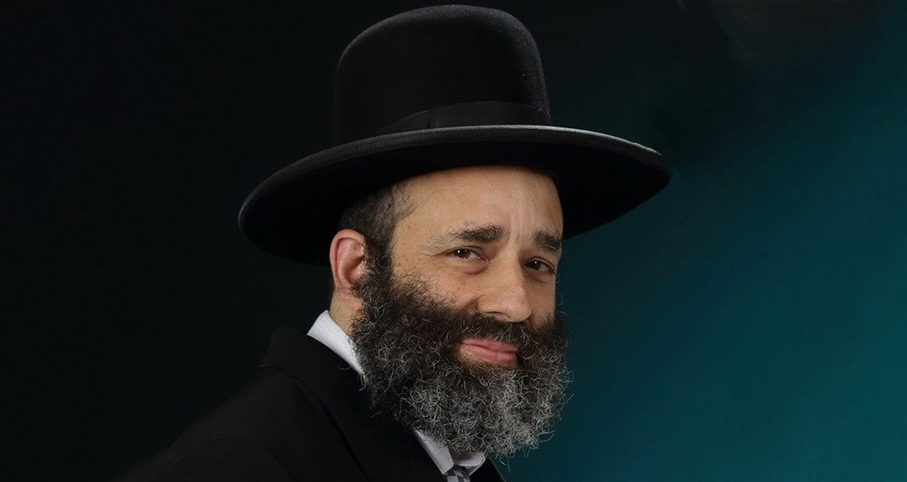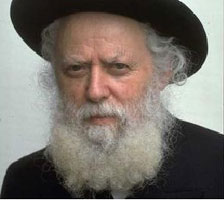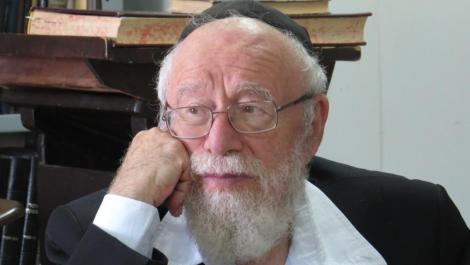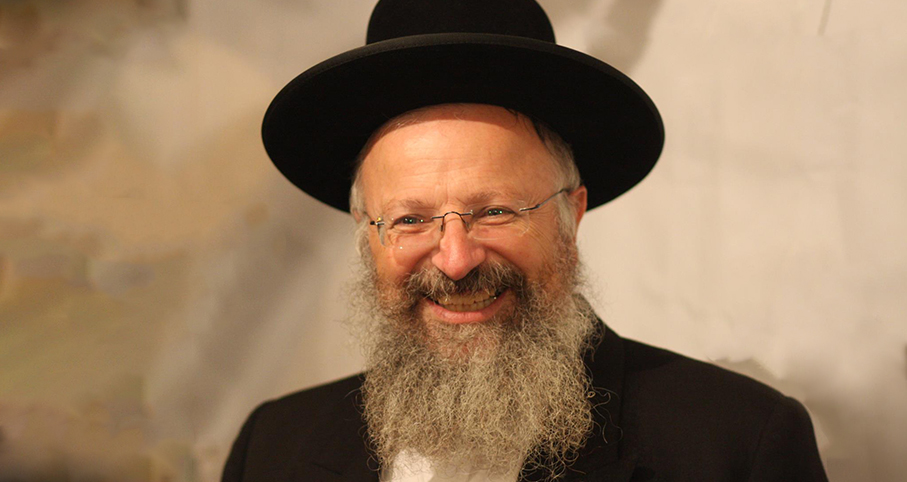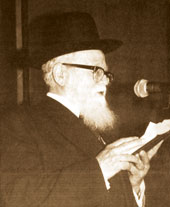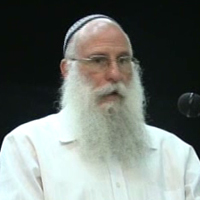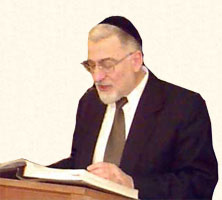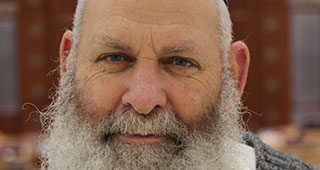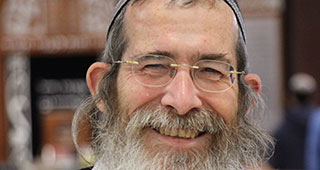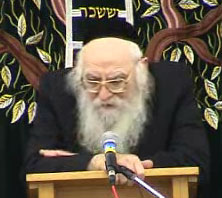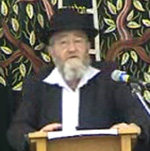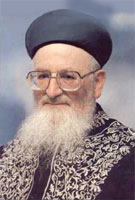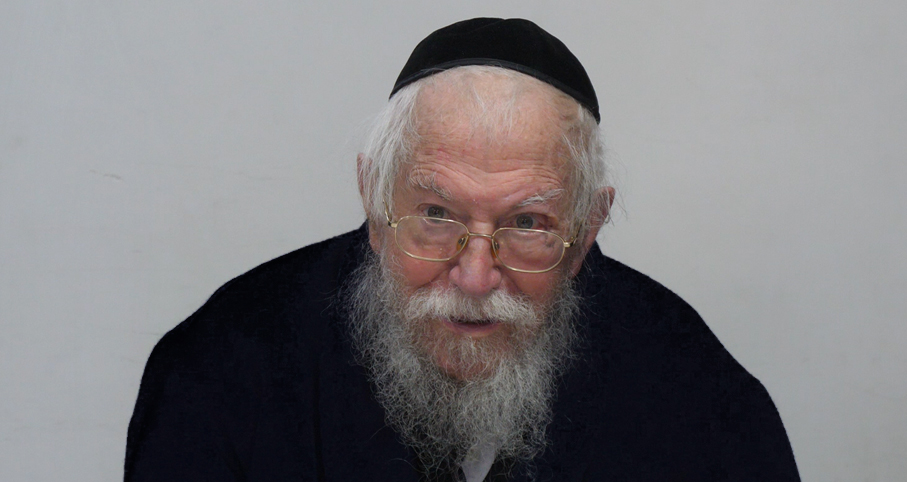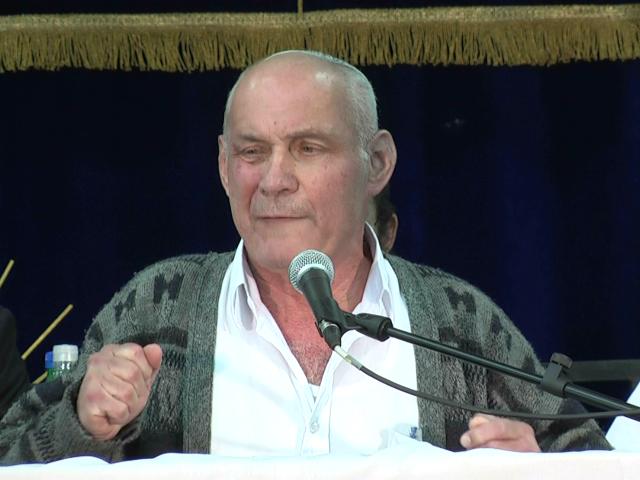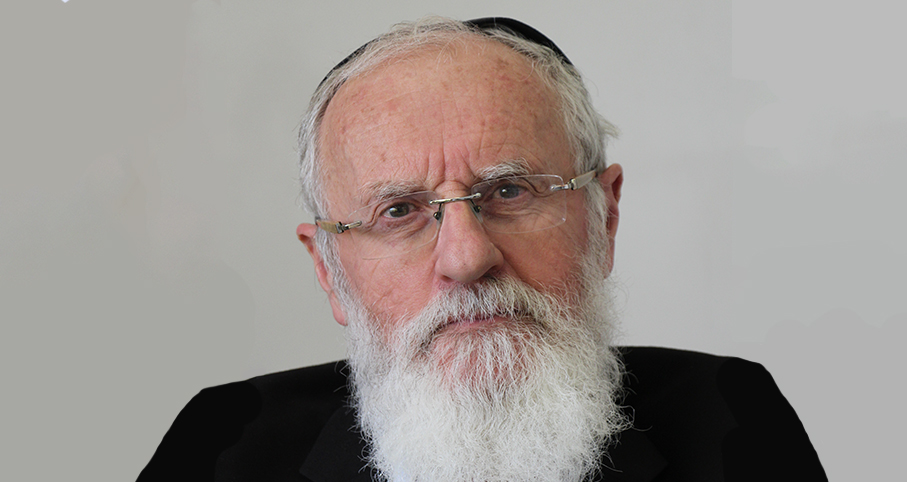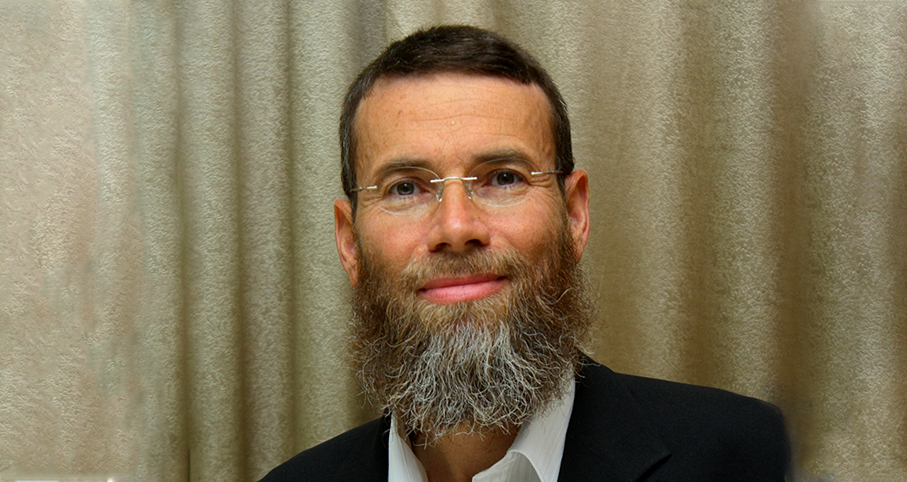Beit Midrash
- Sections
- Chemdat Yamim
- Bemare Habazak - Rabbis Questions
- Shabbat and Holidays
- Laws of Shabbat
- Praying, Kiddush and the Meals
Answer: Chazarat hashatz was instituted after the silent Shemoneh Esrei and for the purpose of providing Shemoneh Esrei for those who cannot daven themselves (Rosh Hashana 34b). Of course, we continue doing it even if no one needs such a service, and it has a special status of tefilla in and/or of the tzibbur. Chazal also instituted that the chazan recites a silent Shemoneh Esrei before chazarat hashatz, even though that could have fulfilled both his private and public obligations. It is done so the chazan can "practice" before chazarat hashatz (ibid.).There was a time when heiche Kedusha was done with the chazan continuing to recite the amida out loud while individuals were saying it quietly (see Radbaz IV:94; Magen Avraham 232:2). The way we do heiche Kedusha (the chazan stops reciting the amida out loud after HaKel Hakadosh), we miss all of these elements, and what is left is the ability to recite Kedusha together.

Bemare Habazak - Rabbis Questions (627)
Rabbi Daniel Mann
355 - Muktzeh during Bein Hashemashot
356 - Short Mincha on Shabbat
357 - Reading before Going to Sleep
Load More
You ask if this can be done on Shabbat, for a new need – so that wives do not have to wait too long for husbands. We have found opinions that restrict when one can do heiche Kedusha. The Pri Megadim (EA, OC 591:1) raises the problem of fulfilling one’s amida obligation with chazarat hashatz on a day that piyutim are said, as they can be a hefsek. Another questionable situation is on a fast day where the chazan is not able to recite Aneinu as a separate beracha (see Magen Avraham ibid.; Biur Halacha 232:1).
Of course these problems do not apply at a regular Shabbat Mincha, and we have not identified other problems. The practice of chazarat hashatz is not significantly different on Shabbat than during the week. We have not found sources that preclude heiche Kedusha. While there is little literature on the topic of doing so, the fact that a minority of Sephardi communities do so for Shabbat Musaf regularly, without special need, lends credence to its halachic legitimacy.
You are likely bothered by the lack of a minhag to do short Mincha in communities you have seen, which is a valid concern. However, this does not necessarily mean there is a minhag against it. Rather, on Shabbat it is rare for there not be enough time or that the minyan is so weak that this is necessary.
Thus, it is a question of advisability. To what extent is lowering the level of an element of tefilla justified to encourage more people to come (or stay)? To what extent does it foster harmonious relationships within the community and its families? You are more equipped to answer than we are.

Ask the Rabbi: Mincha after Sunset
Rabbi Daniel Mann | Cheshvan 5786

Ask the Rabbi: Drawer with Aluminum Foil Roll
Rabbi Daniel Mann | Cheshvan 5786

Ask the Rabbi: Kohen Who Has Trouble Standing
Rabbi Daniel Mann | Cheshvan 5786

Ask the Rabbi: Beracha when Lighting for a Neighbor
Rabbi Daniel Mann | Kislev 5786

Rabbi Daniel Mann

Washing Hands with Soap on Yom Kippur
Tishrei 4 5776

Pay for Overtime on Shabbat
5773

Standing for Parents in our Times
5775

